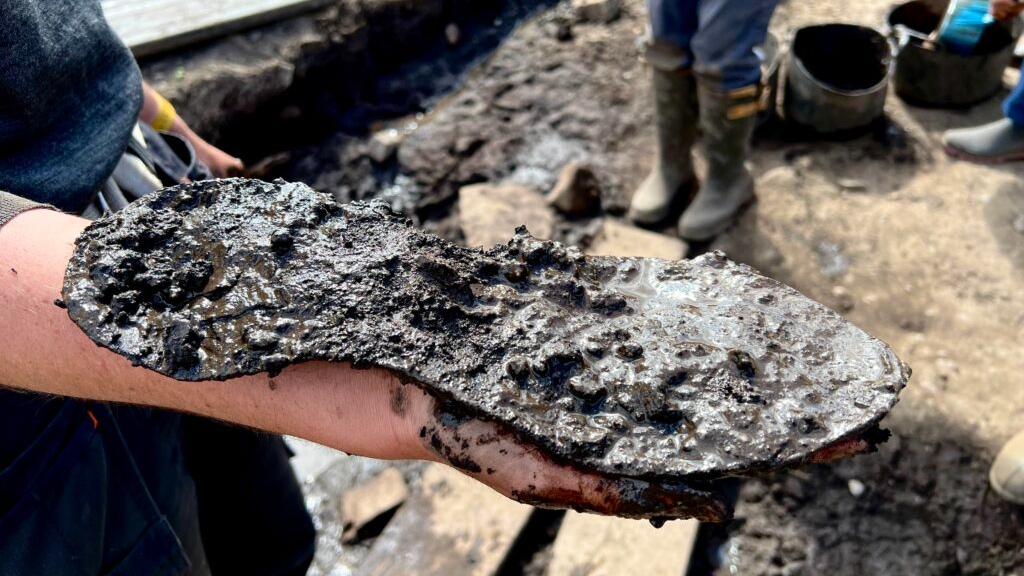Genes Point to Risk for Silent Killer: Aortic Aneurysms
Scientists have identified genetic risk factors for suffering a thoracic aortic aneurysm a condition in which the aorta, the largest blood vessel of the body that emerges from the left side of the heart, weakens, and in some cases, ruptures, leaking blood into the chest cavity.
While the condition is treatable with surgery, there are virtually no symptoms that the vessel is weakening and patients aren't aware anything is wrong until the aorta bursts. About 10 percent of patients die from the condition, contributing to more than 8,000 deaths in the United States each year.
Identifying genetic abnormalities that play a role in these aneurysms may help determine an individual's risk for the condition. People could have their genomes screened, and those at risk may be able to catch the aneurysm early, before it leads to a sudden death, the researchers said.
Dr. John Belmont, of the Baylor College of Medicine in Houston, and his colleagues found segments of DNA that are either duplicated or missing, so-called copy number variants , in individuals who have had a thoracic aortic aneurysm. And within those sections of DNA, the researchers pinpointed genes whose disruption may contribute to the condition.
These genes affect the function of the smooth muscle cells within the aorta, cells which are critical to the health of the vessel, Belmont said.Specifically, the genes control the ability of the smooth muscle cells to adhere to the blood vessel walls and to contract.
The finding adds weight to the idea that the aorta's weakening is, in large part, due to malfunctioning smooth muscle cells. While some had suspected this was the case, researchers still aren't sure about the underlying causes of thoracic aortic aneurysms.
To hone in on the suspected genes, the researchers scanned the genomes of 418 patients between 32 and 86 years old who had suffered a thoracic aortic aneurysm. They identified 47 copy number variants that were associated with the condition. Within these segments of DNA, they were able to find genes associated with these aneurysms.
Sign up for the Live Science daily newsletter now
Get the world’s most fascinating discoveries delivered straight to your inbox.
The researchers replicated their findings in two additional groups of patients, one of 88 thoracic aortic aneurysm patients for whom the condition ran in their families, and one of 387 people who had sporadic cases (not found to run in families).
The results will be published in the December issue of the American Journal of Human Genetics.

Rachael is a Live Science contributor, and was a former channel editor and senior writer for Live Science between 2010 and 2022. She has a master's degree in journalism from New York University's Science, Health and Environmental Reporting Program. She also holds a B.S. in molecular biology and an M.S. in biology from the University of California, San Diego. Her work has appeared in Scienceline, The Washington Post and Scientific American.
